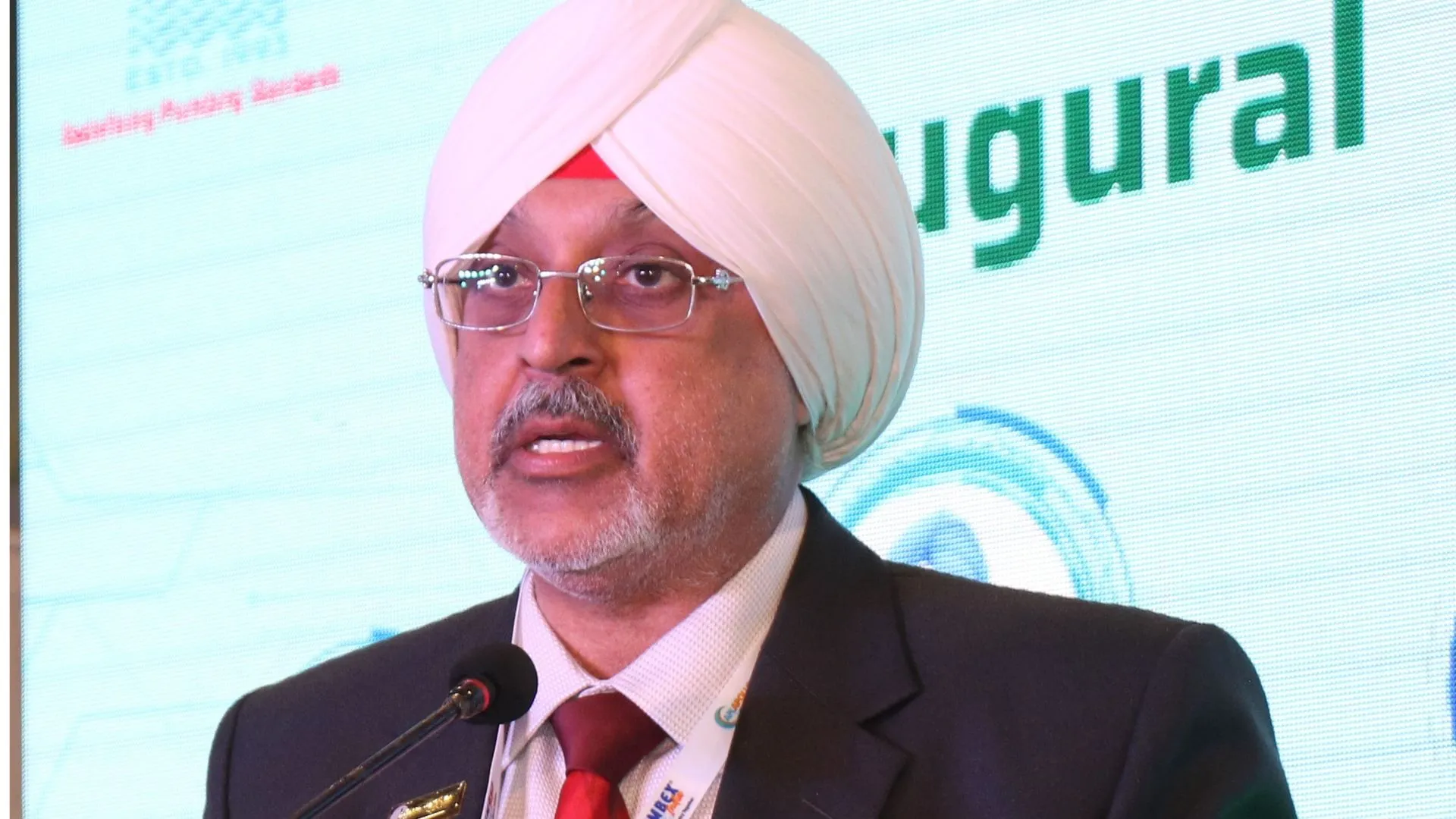Respecting the privacy of employees is of huge significance to employers. Depending on how this works out, the productivity and performance of employees will act out. So, if you want to track your employees’ performance but also want to respect their privacy, how to monitor remote work of your employees?
If you also think there is a contradicting scenario here, we agree. It is a serious issue when you have to weigh between respecting remote employees’ privacy and monitoring their productivity. That is why it’s suggested that both corporate and personal data be protected by implementing all the right policies.
Executing company policies and guidelines straight and clearly to remote and in-office employees can be effective in many ways. However, the challenge of efficient employee accountability and trust building is tricky. The use of AI-driven performance analytics and remote monitoring tools can only do so much. Because balancing trust and accountability in addition to accurate productivity management while also keeping in mind not to cross any private spaces of employees is yet to be successfully attained.
With extensive use of remote employee monitoring software, the complexities of privacy issues and adhering to necessary relevant laws are growing. This happens not only due to the tracking capabilities of the monitoring tools but also because of the ineffective procedures implemented, resulting in unintended outcomes when integrating new work dynamics. That is why I have brought you some of the key resolutions to mitigate the issue that you might want to apply to maintain a three-way balance.
Encourage the employees to keep personal and office activities separate as fully as possible.
Balancing trust and accountability when monitoring remote workers is a practical consideration that businesses need to take seriously. The key is to segregate personal and office activity as much as possible without infringing on employees’ privacy. This can be done by using separate devices for personal and business activities. While it may be challenging for small businesses to separate data sources, it is essential to ensure that there are no data breaches of any kind from either side. Using separate desktops or laptops, or at least one solely for work purposes, can be a great starting point. Similarly, for mobile-centric workers, carrying different mobile phones for personal and work can minimize privacy risks. Although this may incur additional costs, it is justified, considering the benefits of declining privacy risks. By adopting these measures, you, as an employer or manager, can maintain trust with your remote workers while ensuring accountability.
Involve all the relevant parties when choosing new metrics.
Identifying and implementing accurate metrics is one of the key aspects when you decide on how to monitor remote work with the newly initiated remote work setting. Hence, choosing the right measurement and standard metrics is crucial. If you end up with inappropriate metrics, getting trapped in the numbers game and making quick judgments based on irrelevant data is easy. This can lead to unnecessary surveillance and poor decision-making.
Therefore, it is recommended to engage all relevant parties or stakeholders of the new remote work environment to determine the metrics that matter. This includes hiring managers, supervisors, and the workers themselves. It is important to foster an environment where everyone feels safe to give their input without fear of misjudgment. And since everyone is aware of what is going on and what tactics are in motion, employees will be more accountable for their work and participation in necessary activities.
Plan for new privacy policies to cater to the whole system of work dynamics.
When it comes to tracking remote employees, keeping off their private spaces is a critical concern. While respecting their privacy is already tricky, you must also remember the importance of balancing trust and accountability. With a remote work culture in place, the need to plan out new privacy policies relevant to remotely working employees becomes mandatory. However, what you should look out for here is that the new privacy policies should also be equally applicable to all employees. These new policies must be effective and apply to corporate management as well. They should protect personal privacy and company data while maintaining good work behaviors.
There is no need for a different set of privacy guidelines. Everyone just needs to be aware that proper safeguards are in force to prevent any exploitation of surveillance technologies. Ultimately, you can build remote employee trust and improve accountability while also respecting each other personal spaces.
Must adhere to the privacy laws and regulations.
What if your business is registered in a nation where there is a mandate for strict privacy laws? How to monitor remote work, then? How do you work around it? Well, it is not that difficult to go about with legalities and privacy laws. You already must have compliance polices in motion for the company, right? That’s it, then.
Similarly, when monitoring remote workers, it is important to adhere to the law in order to maintain a balance between trust and accountability without invasion of privacy. This involves following regulations specific to your country or state. In general, you should always obtain written authorization from workers prior to monitoring their devices and avoid monitoring outside of working hours. To ensure additional legal compliance, informing employees before monitoring and obtaining their written consent is advisable. This also improves transparency. However, be sure to check the local laws, just in case, before implementing any monitoring strategies, which is crucial.
Maintain a strict limit to the monitoring activities. Stop when not necessary.
People should always know when to stop. The same is the case with monitoring of remote workers. We understand that balancing trust and accountability is proportionate with not invading the private zone of the remote employees. But, there should be a limit to how employees can be monitored. This simply indicates a reduction of monitoring efforts where possible to show trust in your workers and avoid excessive control. It is important to assess all the monitoring needs and adjust accordingly.
When you treat employees with respect and value their knowledge and skills, businesses can improve retention efforts. This itself results in improved accountability and building trust as employees feel confident and rightfully valued.
Therefore, by taking a respectful stance on remote monitoring, businesses can grow a positive work environment and retain valuable employees.










